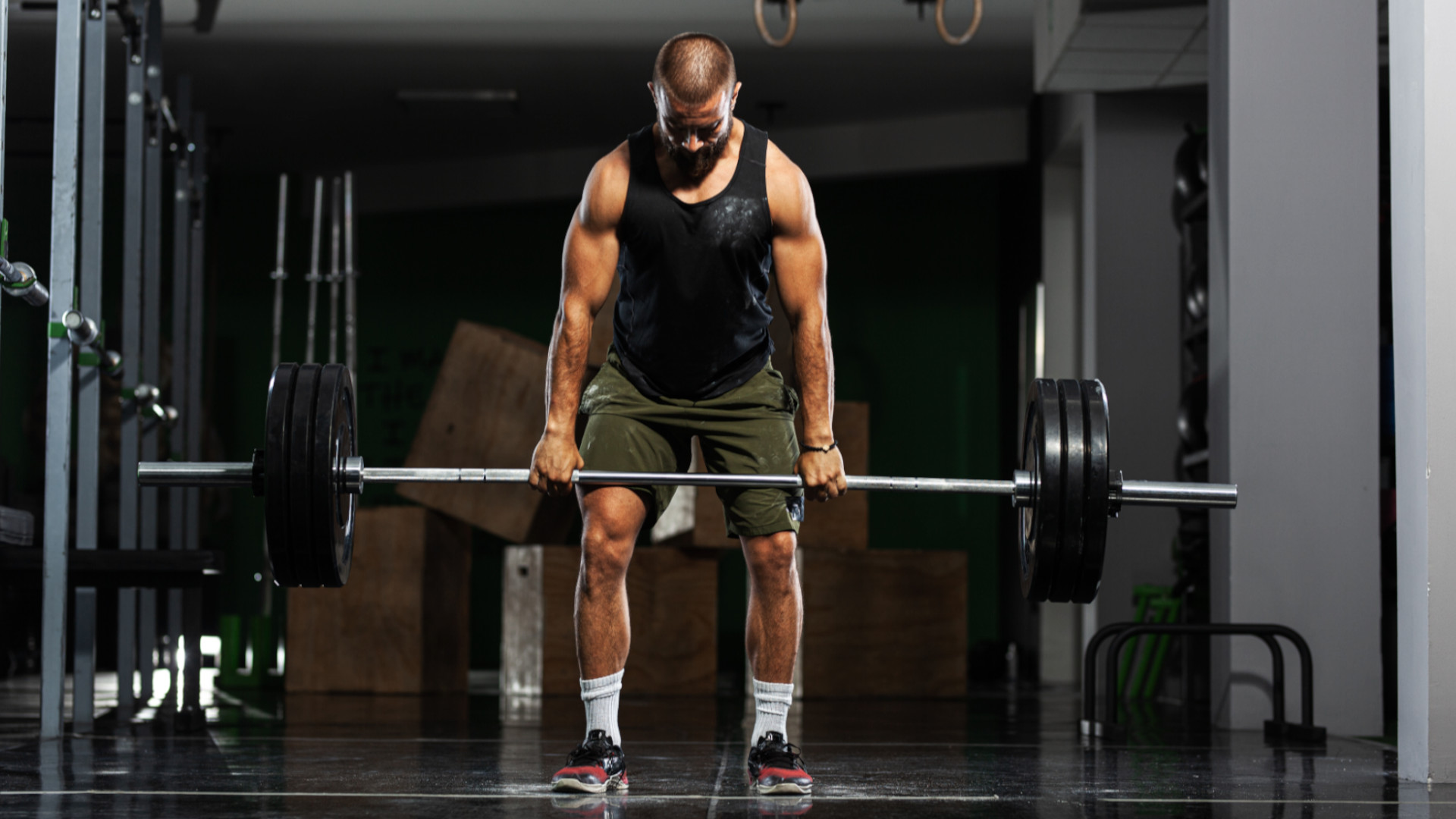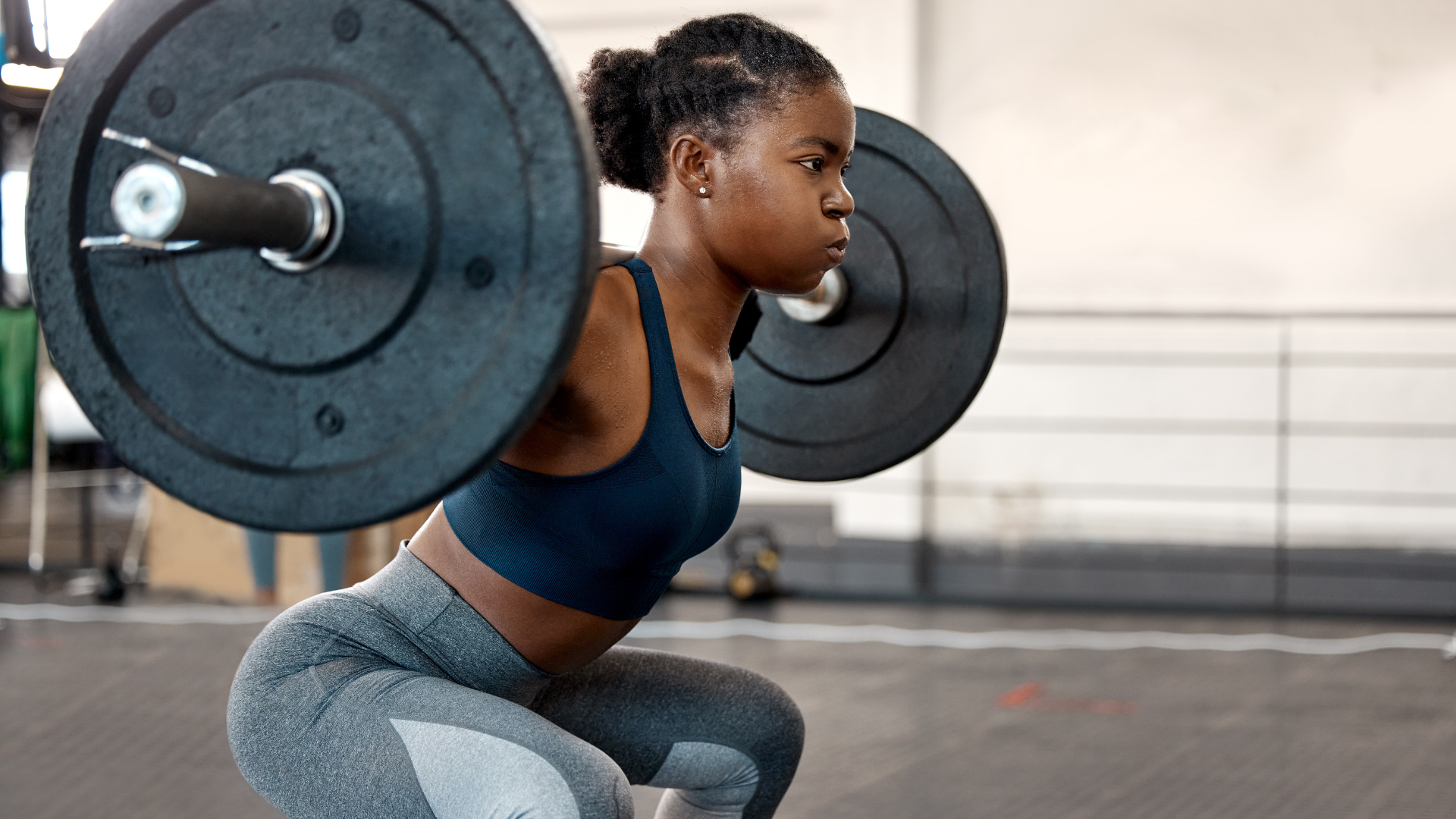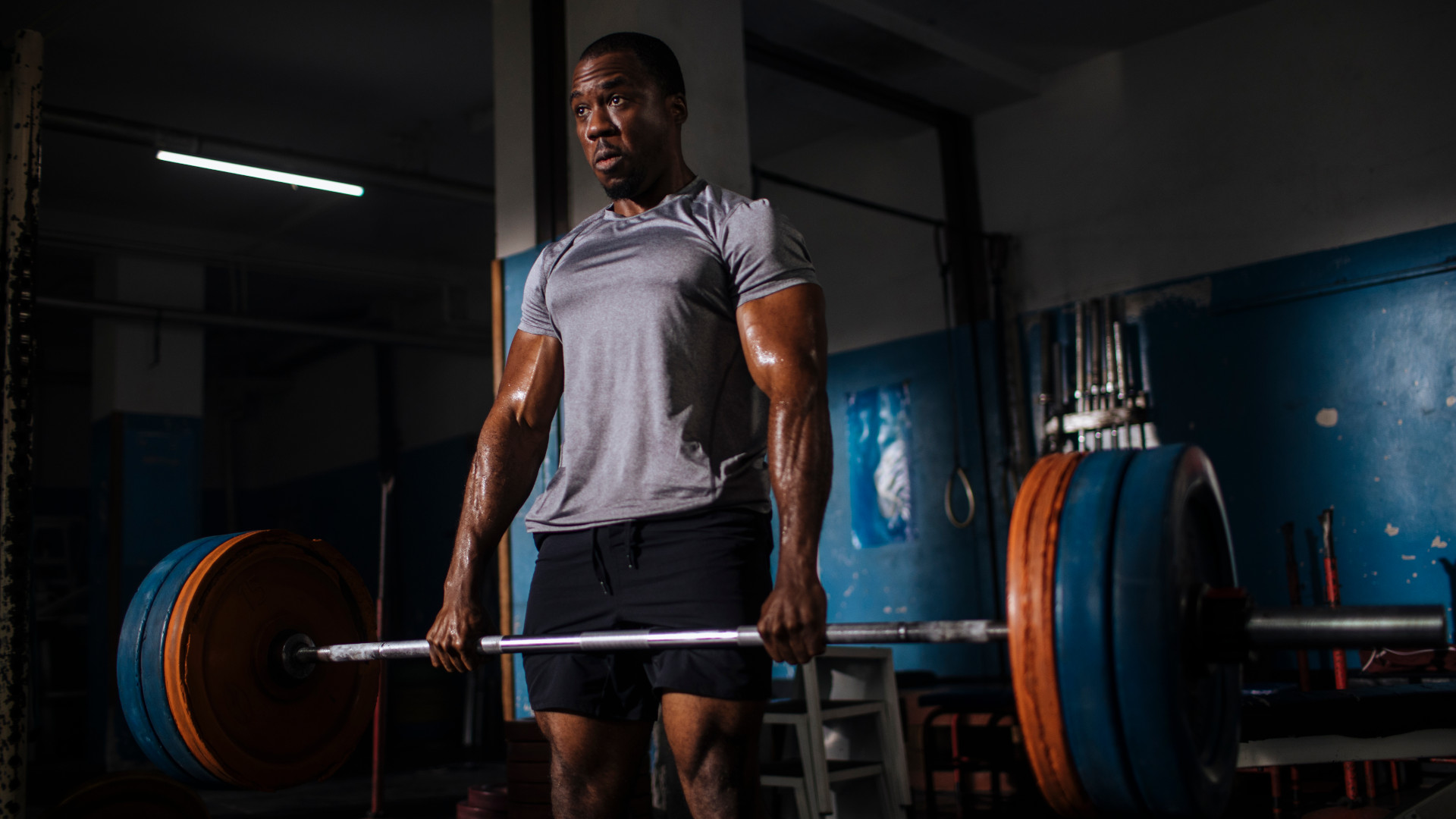
There’s many training methods that can help you get freakishly strong, from the classic to 5-3-1 method, to Charles Poliquin’s infamous 6-12-15 protocol, and the cube method. But it can be hard choosing which one is best for you, particularly if you’re fairly new to strength training.
The 5x5 workout is another popular protocol championed by British bodybuilder and three-time Mr. Universe winner, Reg Parks. Its methodology is simple and easy to follow – making it a good choice for beginners – yet it can help you get insanely strong, whilst building muscle at the same time.
What's more, it only requires three days dedicated to the gym, so if you’re looking for low-commitment days that still deliver big strength gains, it could be a good way to train. Here’s everything you need to know about the 5x5 protocol…
What is the 5x5 protocol?
There have been quite a few variations of the 5x5 protocol but, traditionally speaking, it’s where you perform three compound exercises for 5 sets of 5 repetitions, three times a week. This may not seem like a lot but, remember, quality over quantity when it comes to training. Plus, compound exercises – like the squat, bench and deadlift – are extremely taxing on the body, and require adequate recovery time.
“Session one is a heavy workout, session two is a light workout and then session three is medium,” explains Eryn Barber, Personal Trainer at The Fitness Group. “Each session is based on a percentage of your 1 rep max. For example, in the heavy session, you might work up to 85% of your 1 rep max and only 60-65% of your 1 rep max for the light session.

Alongside your three compound exercises, you may include additional accessory movements, such as isolation exercises or unilateral movements. “The aim is to work up to the percentage of your 1 rep max by the top set then, in the other 4 sets, you’re increasing the weight.”
To ensure progressive overload – which is key if you’re looking to progressively get stronger and increase muscle mass – Eryn says to increase your estimated 1 rep max each week by 2.5%, and then work from this new estimate when calculating your lift percentages. “If you cannot complete a rep, scale back the weight by 10% and try again.”
What are the pros and cons of the 5x5 workout?
Here’s a breakdown of some of the benefits and drawbacks of the 5x5 protocol:
Pros
- Simple and easy structure to follow (good for beginners)
- Improves maximal strength and builds muscle
- Encourages progressive overload
- Reduced intensity – increase strength without working to a high percentage of 1 rep max
- Master key compound lifts – the high-volume workout gives you the opportunity to improve your lifting technique
Cons
- Workouts can take a while – compound movements take time and require adequate rest periods
- General and not specific – if you’re training for certain sports, you might need a specific workout tailored to your sport performance goals.
- If you enjoy variety, then you may find it boring after a while
Is the 5x5 protocol better for gaining strength or muscle?

One of the key benefits of the 5x5 protocol is that it’s going to help supercharge your lifts, as it focuses on low rep ranges and heavier loads. However, don't let this fool you into thinking you won't be able to add on size either. “Because of the higher number of sets, the increased volume will also help to increase muscle size, also known as hypertrophy,” says Eyrn. Basically, if you want to focus on strength, as well as muscle, the 5x5 protocol will deliver the best of both worlds.
Who is the 5x5 protocol best for?
If your goal is to score a new PB on your barbell lifts and walk out of the gym with a massive pump, then the 5x5 protocol could be for you. “It’s suitable for most people with the primary goal of increasing overall strength, but it can also be a great foundation for beginners who want to spend an ample amount of time practising their technique on compound lifts,” says Eryn.
The only people Eryn says may not benefit from the 5x5 protocol are advanced lifters; those who require different training structures to maximise strength and avoid plateauing. Plus, those who aren’t interested in gaining strength should probably give it a miss.







